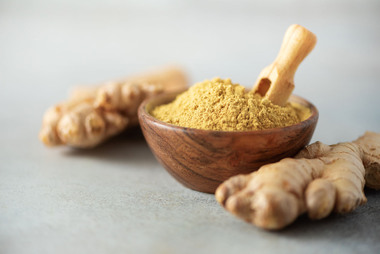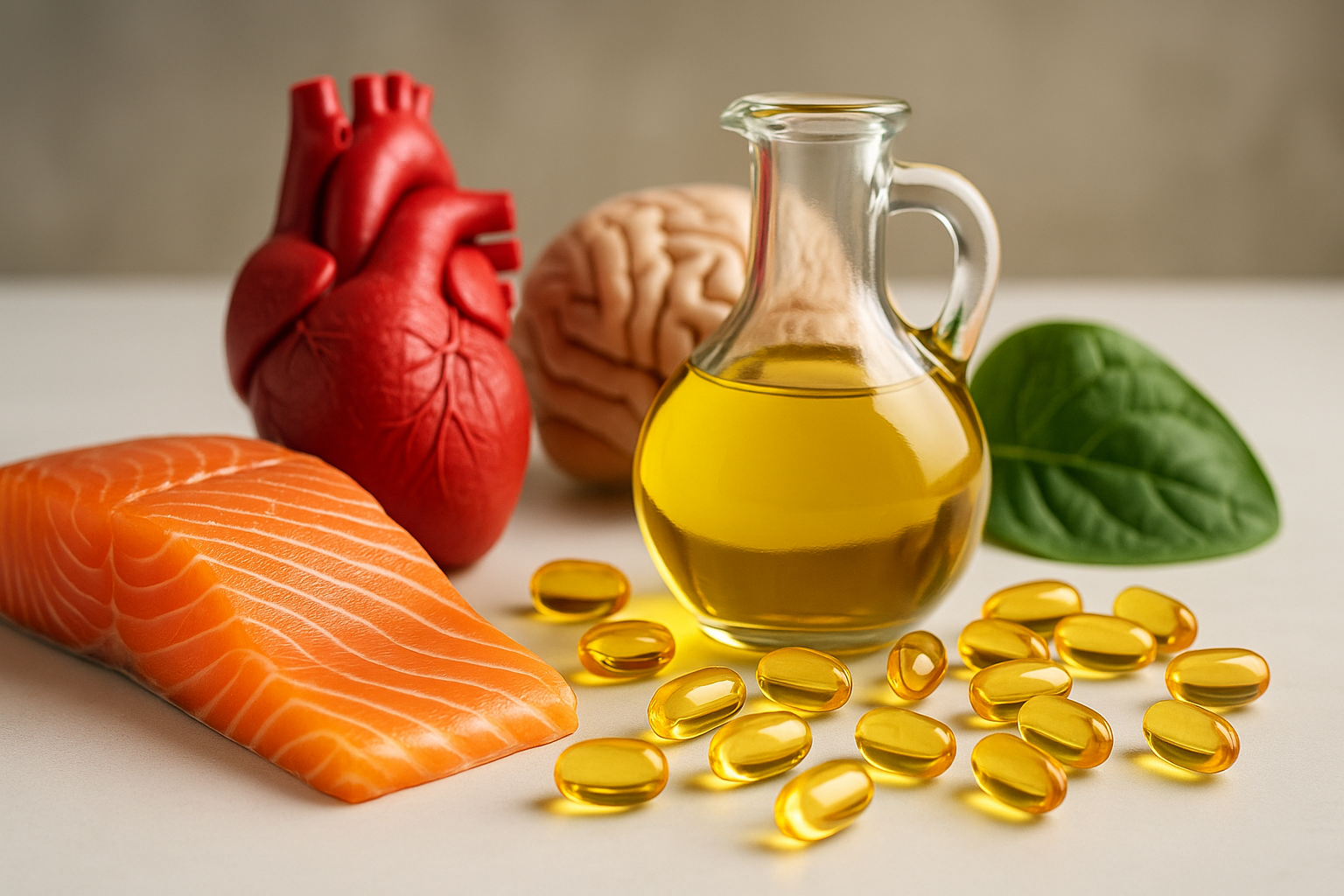
Ginger is one of the oldest useful plants of mankind and it is hard to imagine many dishes without it as a spice. The plant grows in the tropics and subtropics. You might not think so at first glance, but the plant contains a good portion of health and has many positive effects on the body. In the Middle Ages, it was used to cure almost every ailment - without any side effects.
5,000 years ago in the vast Chinese empire: Shennong, one of the three sublime emperors of China who are regarded as the founders of the culture, is working on his work "Shennong ben cao jing". "Medicinal Classics according to Shennong" is a Chinese book on agriculture and medicinal plants and is said to have consisted of three volumes depicting various medicinal and healing plants. One topic in this unfortunately lost work is ginger.
Ginger is one of the oldest useful plants of mankind and it is hard to imagine many dishes without it as a spice. The plant grows in the tropics and subtropics. It is traditionally cultivated in countries such as Sri Lanka, India, Indonesia, Vietnam, China, Japan, Taiwan, Australia, France and Nigeria as well as in South America. The home of the ginger plant is not known for certain. It may have originated in Sri Lanka or the Pacific islands.
Speaking of China, the Taoist physician Tao Hongjing (452 to 536) distinguished between raw ginger and dried ginger in his collection of recipes by famous physicians. This distinction is still valid today and different levels of effect are attributed to the different forms of condition. Thus, raw ginger on the surface of the body wards off disease ("cold") invading from the outside. It warms the upper digestive system ("spleen" and "stomach"), loosens phlegm and relieves coughs. Dried ginger, on the other hand, according to Tao Hongjing, warms the upper digestive system and removes phlegm in case of respiratory distress - so it does not affect the surface of the body. And also in ancient times and in the Middle Ages up to modern times, well-known physicians such as Pliny, Avicenna and Hildegard von Bingen highlighted the special effect of ginger.
In the Middle Ages, almost every ailment was cured with ginger.
The cultivation areas for ginger are in the tropics and subtropics. With an area of 172,028 hectares (2018), India has the largest cultivation area worldwide in terms of area (46.1 per cent of 373,121 hectares). India is also the largest producer in terms of volume, though mostly for domestic consumption. According to the Food and Agriculture Organisation (FAO), about 2.8 million tonnes of ginger were produced worldwide in 2018.
Now, you might not necessarily see it on the plant at first glance, but it contains a good portion of health and has a lot of positive effects on the body. We are talking about the miracle tuber ginger and thus one of the most important known medicinal plants. In the Middle Ages, it was used to cure almost every ailment. After the Middle Ages, however, the tuber was forgotten for a long time. Yet the exotic root can be used not only to prepare delicious - and not only Asian - dishes, but also to treat a variety of ailments.
* This text may contain translation errors as the translation was performed by an online translation tool.










